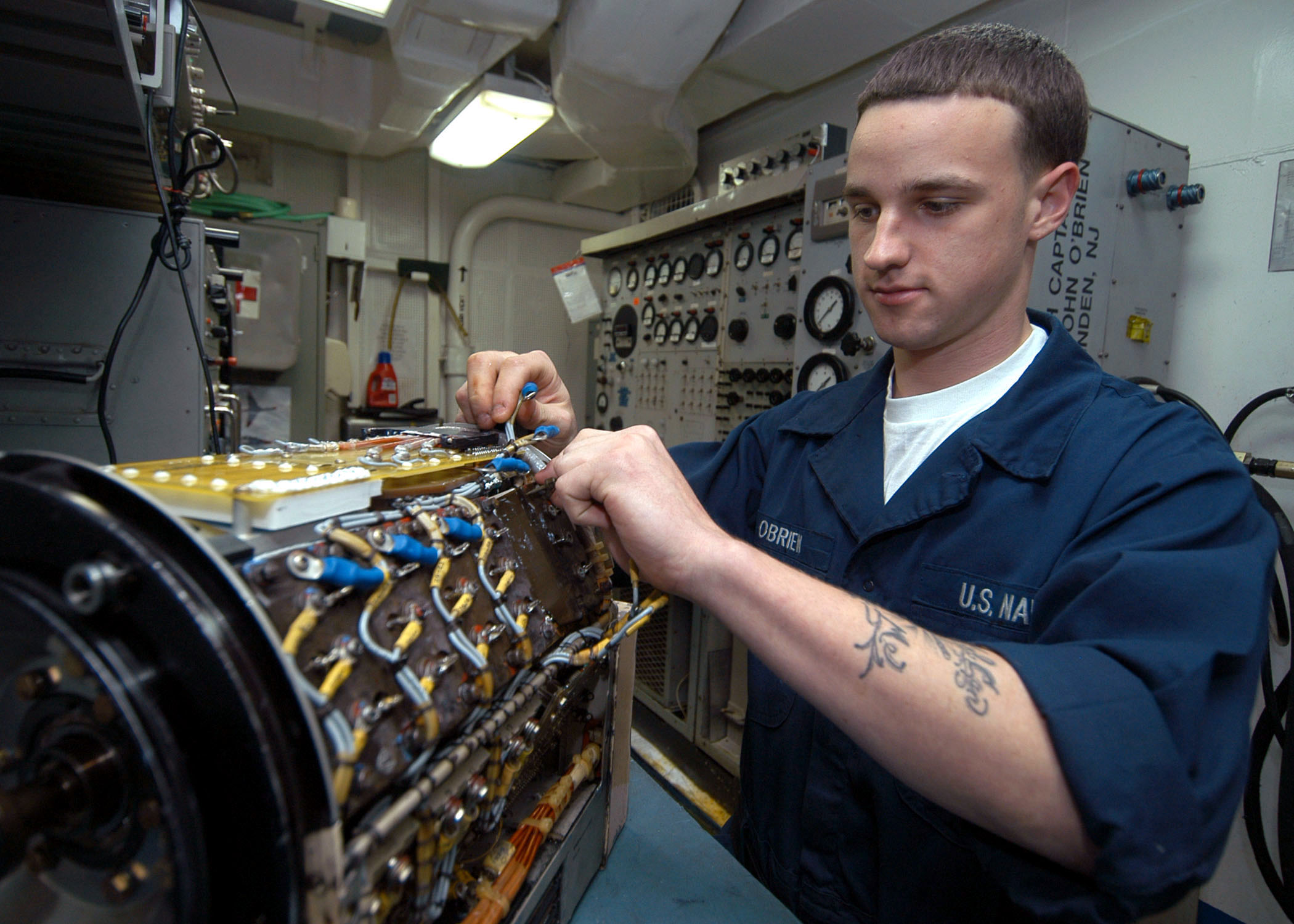In the world of industrial and commercial equipment, mobility is key. Whether you’re outfitting a warehouse, a manufacturing plant, or a commercial kitchen, the ability to move heavy equipment safely and efficiently can significantly impact productivity and safety. One essential component that facilitates this mobility is the heavy duty castor with a brake. These robust wheels are designed to support substantial weights while providing the flexibility of movement and the safety of secure stopping mechanisms.
Heavy duty castors are specifically engineered to handle the weight and stress associated with industrial environments. Unlike standard wheels, these castors are built from high-grade materials that ensure durability and long-lasting performance. The addition of brakes to these castors enhances their functionality by allowing users to lock the wheels in place, preventing unwanted movement. This feature is particularly important in environments where stability is crucial, such as during the loading and unloading of goods.
Choosing the right type of heavy duty castor with a brake can greatly influence the efficiency and safety of your operations. Factors such as load capacity, wheel diameter, and braking mechanism should be carefully considered. Load capacity is perhaps the most critical aspect, as selecting a castor that cannot support the weight of your equipment can lead to failures. Wheel diameter also plays a role in how easily the equipment can be moved; larger wheels generally provide smoother travel over uneven surfaces.
The braking mechanism is another important consideration. There are various types of brakes available for heavy duty castors, including side brakes, top-lock brakes, and total-lock brakes. Each type offers different levels of locking capability and ease of use. For example, a total-lock brake not only stops the wheel from rolling but also locks the swivel, providing maximum stability.
When integrating heavy duty castors with brakes into your equipment, it’s vital to consider the specific environment in which they will be used. For instance, in a wet or corrosive environment, stainless steel or zinc-coated castors may be required to prevent rust and deterioration. Additionally, consider the flooring material. If your equipment will be used on delicate surfaces, choosing castors with softer wheels made from rubber or polyurethane can prevent damage.
For businesses looking to enhance their equipment’s mobility while ensuring safety, heavy duty castors with brakes can be an excellent solution. These castors not only support substantial weights but also provide the stability needed in dynamic industrial settings. By investing in high-quality castors, businesses can improve efficiency, reduce the risk of accidents, and extend the lifespan of their equipment.
For more insights into selecting the right castors for your needs, visiting a comprehensive resource such as Coldene’s website can provide valuable information and options. Here, you can explore various types of castors and find expert advice on choosing the best fit for your specific requirements.
In conclusion, heavy duty castors with brakes are an indispensable component for industries that require the movement of heavy equipment. By understanding the key features and considerations involved in selecting these castors, businesses can ensure they choose the best tools to meet their operational needs. Investing in the right castors not only enhances productivity but also ensures safety and longevity for both equipment and personnel.





